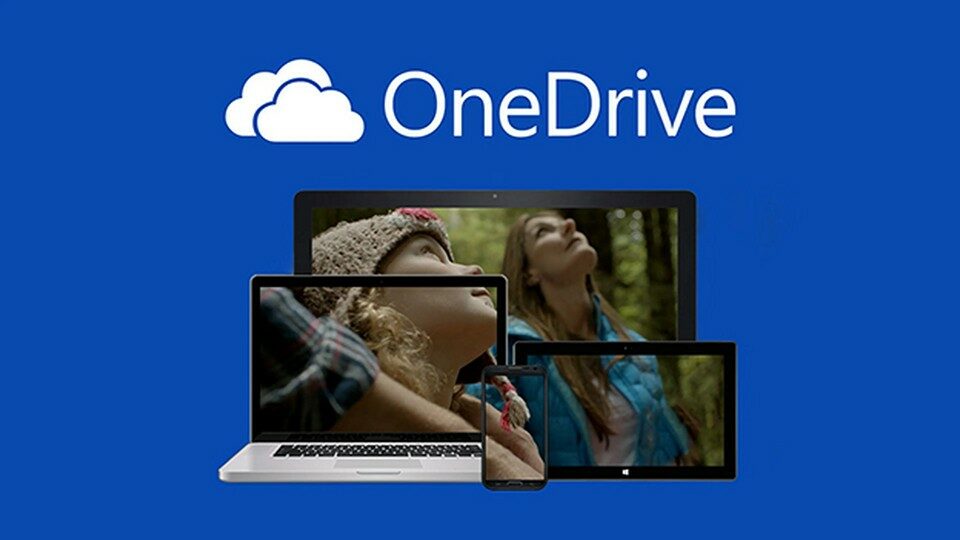We know this is counter-intuitive and perhaps even a little controversial, but while OneDrive can be an important part of a comprehensive backup strategy, OneDrive is not by itself a backup.
It can be used to store and sync your important files, such as Documents, Pictures, and Desktop folders with the cloud. In case your computer crashes or gets stolen, you can recover those folders from the cloud.
When you need to recover your data, only the folders you store in OneDrive will be there. Your bookmarks, emails, passwords, installed programs, files you store in other folders, etc, will be lost.
What we are describing applies to all file synchronization services, including OneDrive, Dropbox, Google Drive, and many others. They are powerful and useful tools. We use them a lot too. But by themselves, they are not backups.
OneDrive Is One Place
If it’s in only one place, it’s not backed up. We’ve been saying it for a long time. It’s the very definition of not being backed up.
OneDrive replicates your files to the cloud and to other machines, but it’s still just one place. For example, if you delete a file in OneDrive, it’s also deleted from all those other places. It’s acting exactly as if it were a single place.
More importantly, if you lose access to your OneDrive account or someone hacks the account, you can also lose all the files within it instantly and permanently, including OneDrive’s recycle bin.
Placing files in OneDrive is simply choosing a new location for those files that carries many of the risks associated with being in only one place.
OneDrive Isn’t Everything
As you discovered, you don’t put everything in OneDrive. It’s designed primarily for your documents and other data files.
Program files that you install on your PC are not included, nor is Windows itself. Thus, even if it were a backup (which it isn’t), OneDrive could never back up the installed programs or anything else on your PC. You need more.
Onedrive as a Part of Your Backup Strategy
OneDrive can absolutely be an important part of a comprehensive backup strategy.
- Regularly scheduled full image backups will back up absolutely everything, including your data and installed programs. We recommend doing this monthly. You will need an external hard drive and free backup software, or could use the "Windows 7 Backup & Restore" tool - still present on Windows 10 and 11 as well
- Placing your data files in OneDrive provides an additional level of safety in part by replicating the files elsewhere as they change, and most importantly by storing them off-site in case anything happens to your equipment at your home or business.
Do This
Back up, of course. But perhaps as important, understand what a backup is and is not, and make sure the tools you’re using are actually backing up.
Need more help or clarification on backing up? Come talk to us and we'll help you set up a Microsoft account, properly secure it, and configure OneDrive and full computer backups.


